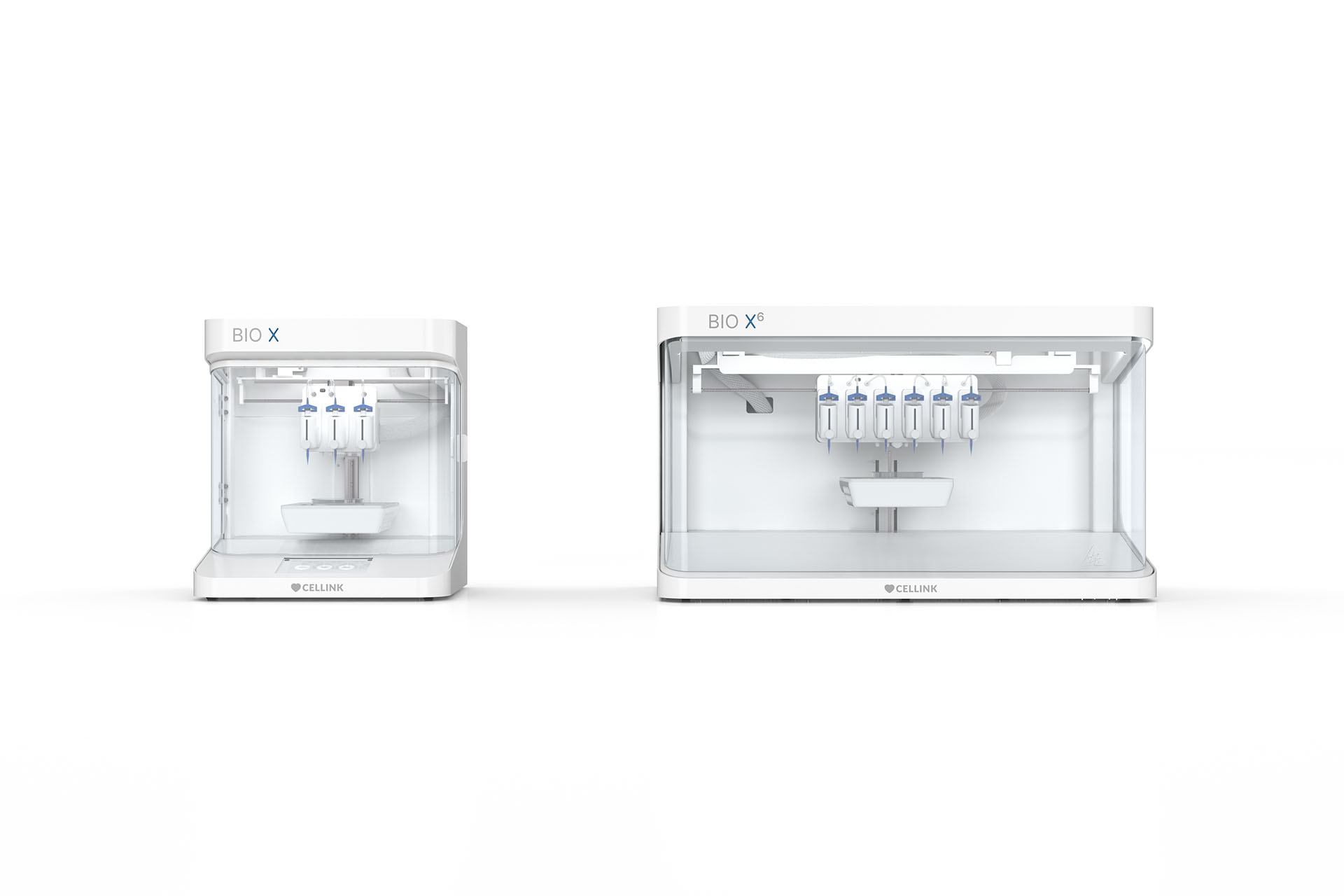3D Bioprinting Guide for Parkinson's Disease: Neural Model Development
An end-to-end protocol detailing how to maxmimize success when printing with MSCs to develop neural models for the study of Parkinson's disease
Parkinson’s Disease is a neurodegenerative disorder that affects millions of people worldwide. It is characterized by the loss of dopaminergic neurons in the substantia nigra, a region of the brain responsible for movement control. As a result, individuals with PD experience symptoms such as tremors, stiffness, and difficulty with coordination and balance.
The impact of Parkinson’s Disease (PD) on the quality of life of affected individuals and their families is significant, and there is currently no cure for the disease. At CELLINK we take immense pride in knowing our customers are using our technologies to address such critical health care challenges. 3D bioprinting provides researchers an avenue to develop more physiologically relevant models to studying this complex disease. An avenue to develop better therapeutics through personalized approaches.

Despite the strides made over the least year in increasing access to this technology and the effort we at CELLINK have put into ensuring our systems are intuitive and easy to use, conducting such rigorous science continues to be challenging. Luckily, we are proud to have customers like Dr. Willerth and her team at the University of Victoria who are taking this challenge on head on.
In an effort to increase the awareness on the advantages of bioprinting, Dr. Willerth and her team have developed an end-to-end protocol detailing how to maximize success when printing with MSC’s to develop neural models to study Parkinson’s Disease. This detailed document highlights everything that a researcher needs to consider, from cell culture media, to sterilization protocols, to down stream analysis. The protocol is intended for use with our 3D bioprinter, BIO X.
Published in the prestigious Bio-Protocol journal, the article is now free to access!
Restan Perez, M., Masri, N. Z., Walters-Shumka, J., Kahale, S. and Willerth, S. M. (2023). Protocol for 3D Bioprinting Mesenchymal Stem Cell–derived Neural Tissues Using a Fibrin-based Bioink. Bio-protocol 13(9): e4663. DOI: 10.21769/BioProtoc.4663.
In case you need additional support as you build out your bioprinting processes, don’t hesitate to get in touch with our team of Application Specialists for tailor-made advice maximizing your success.














